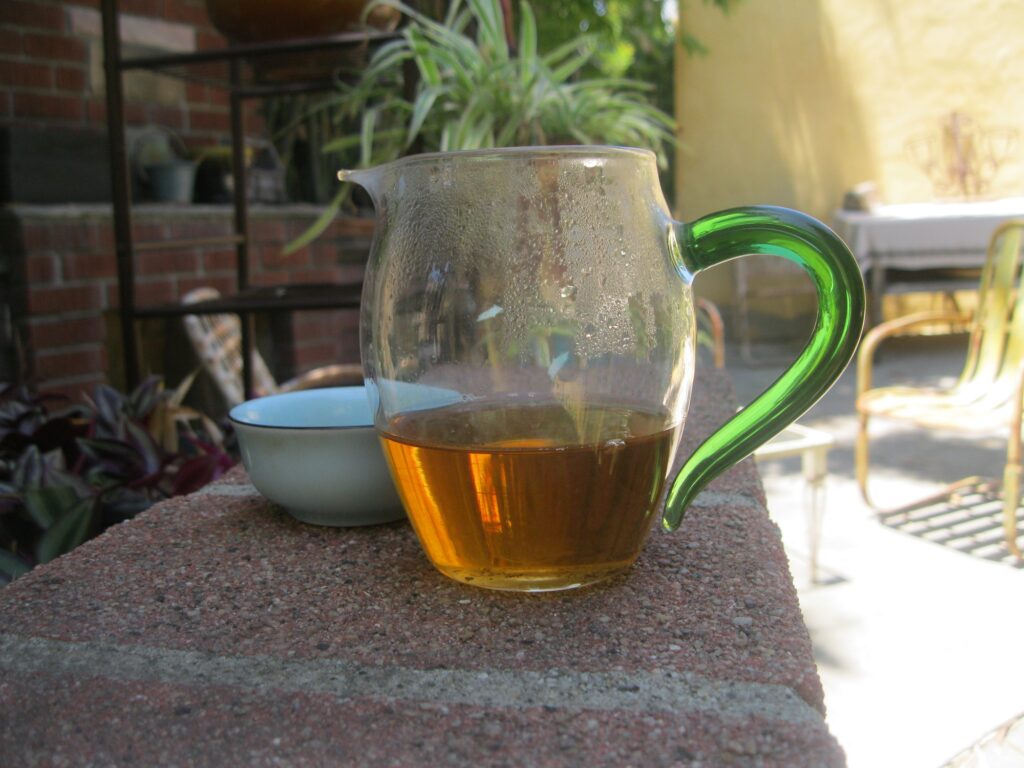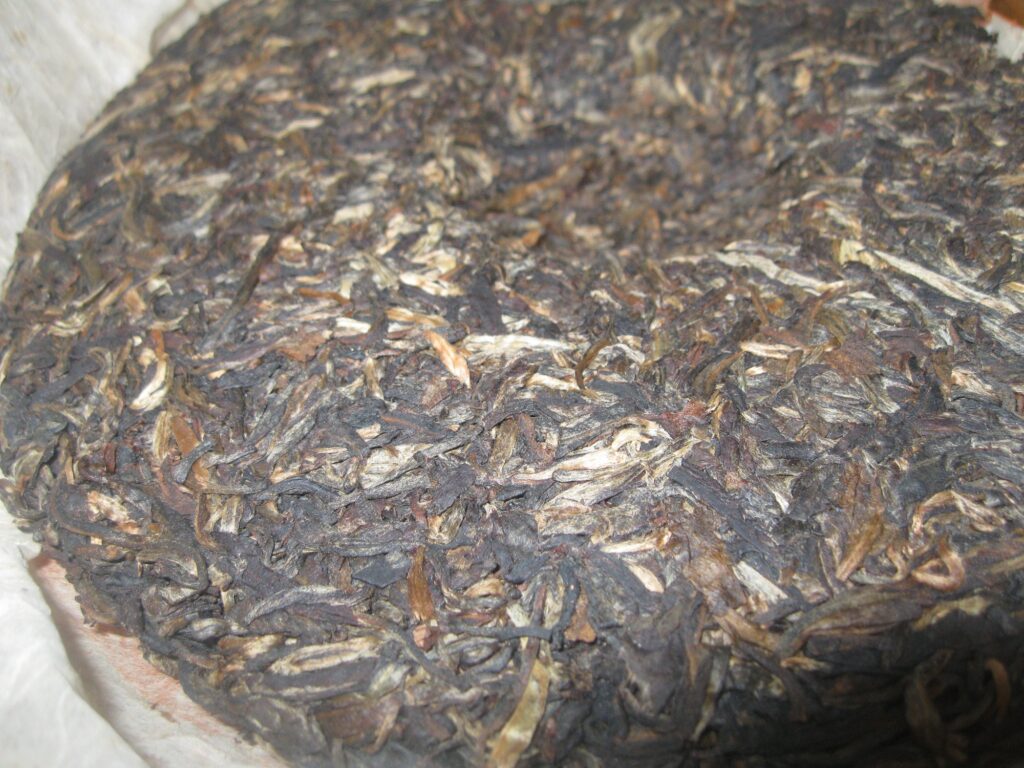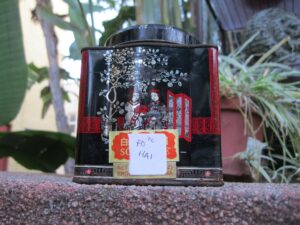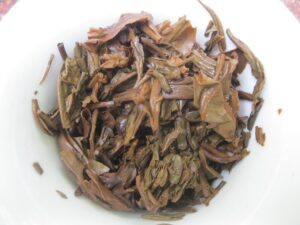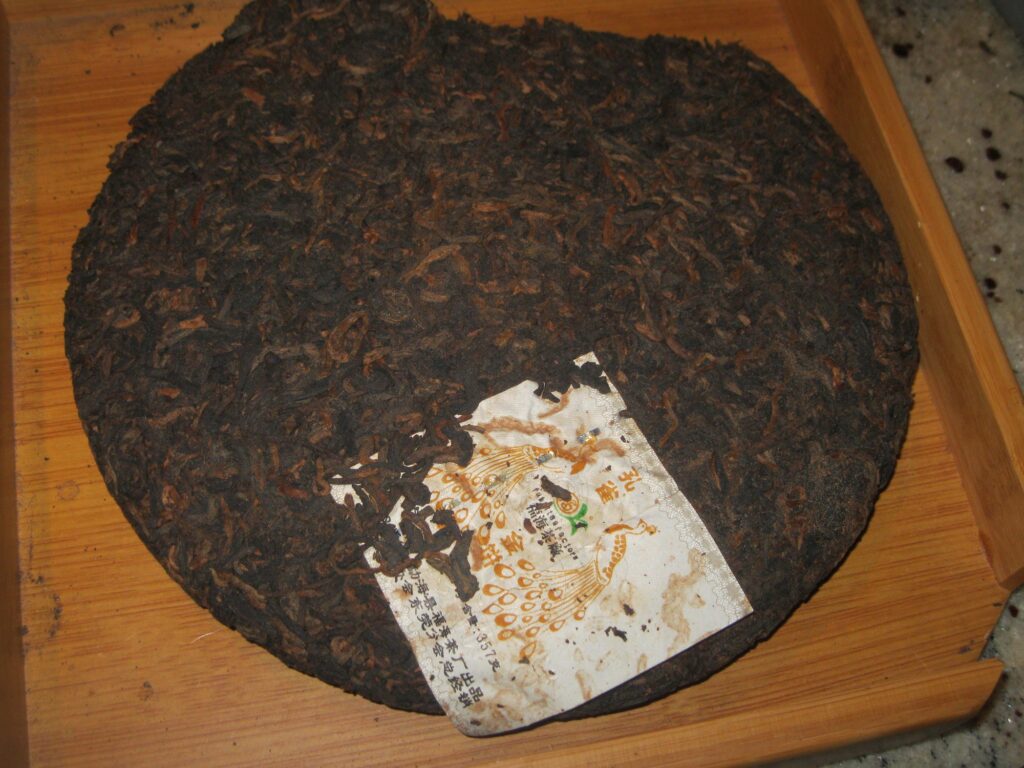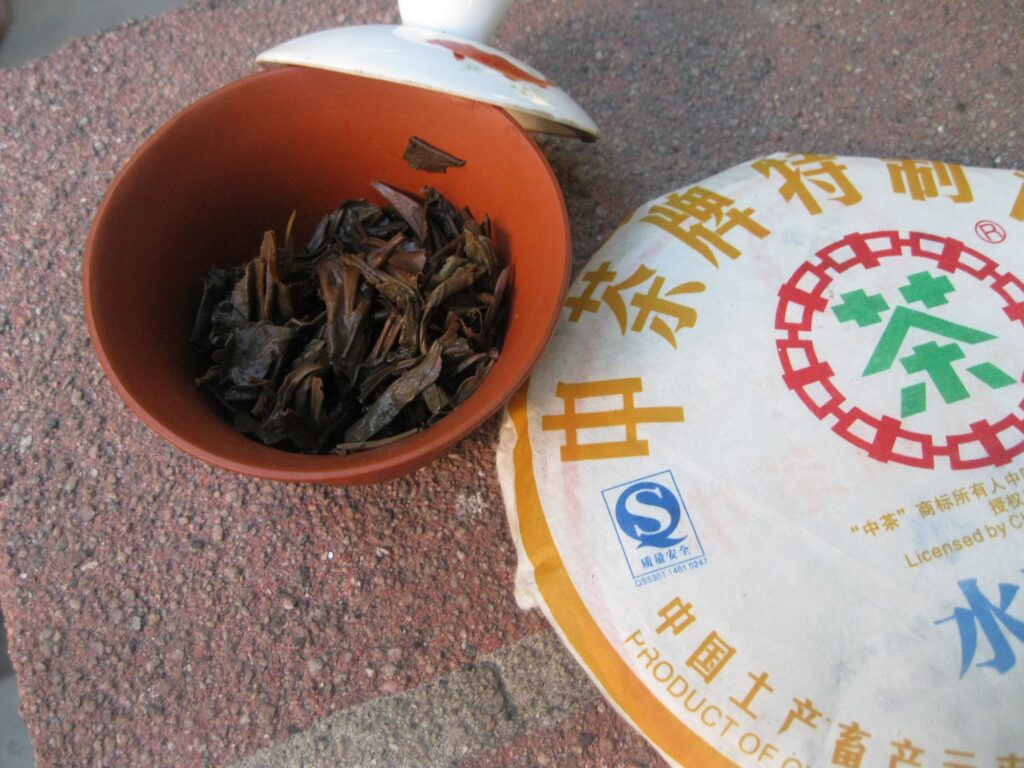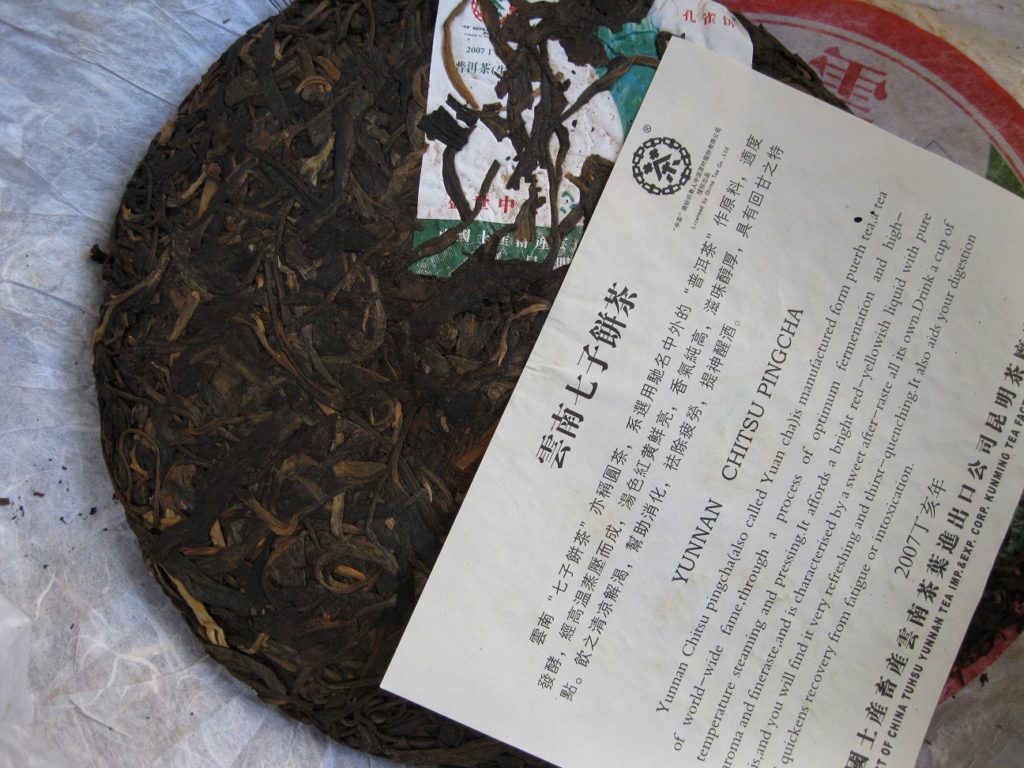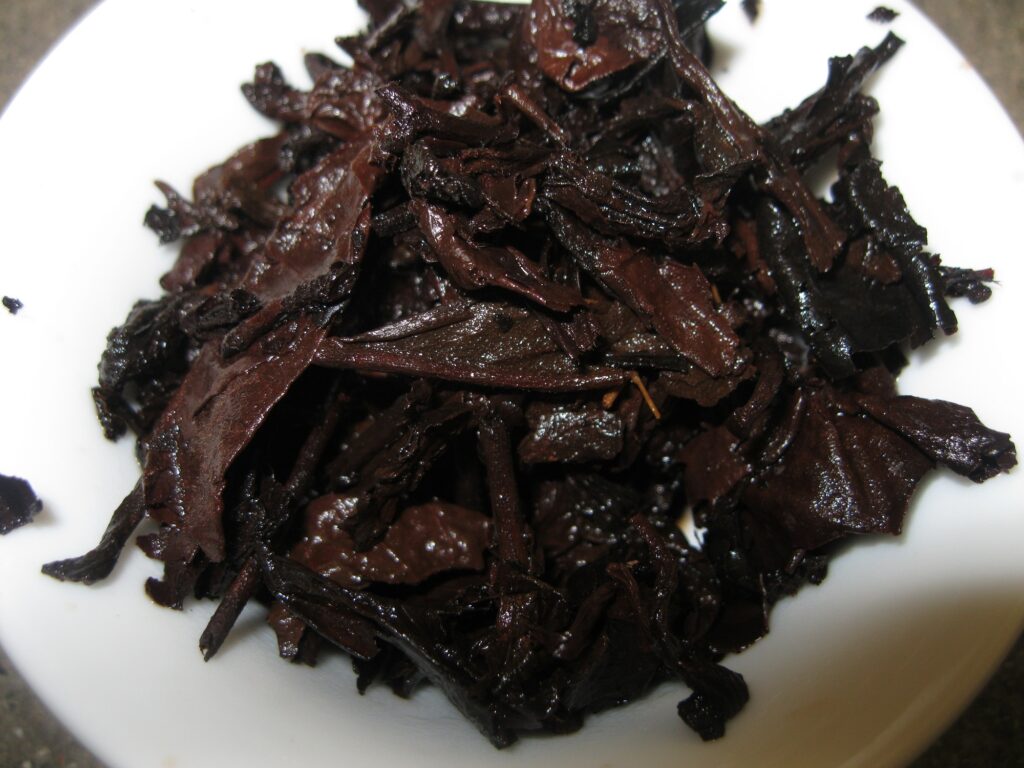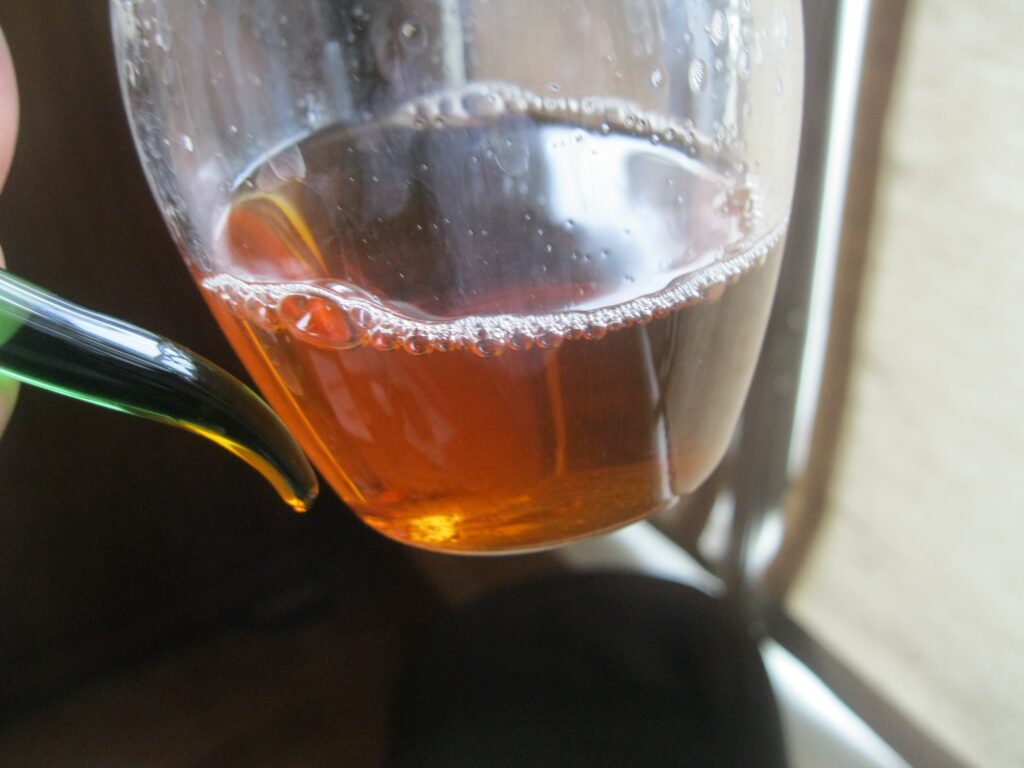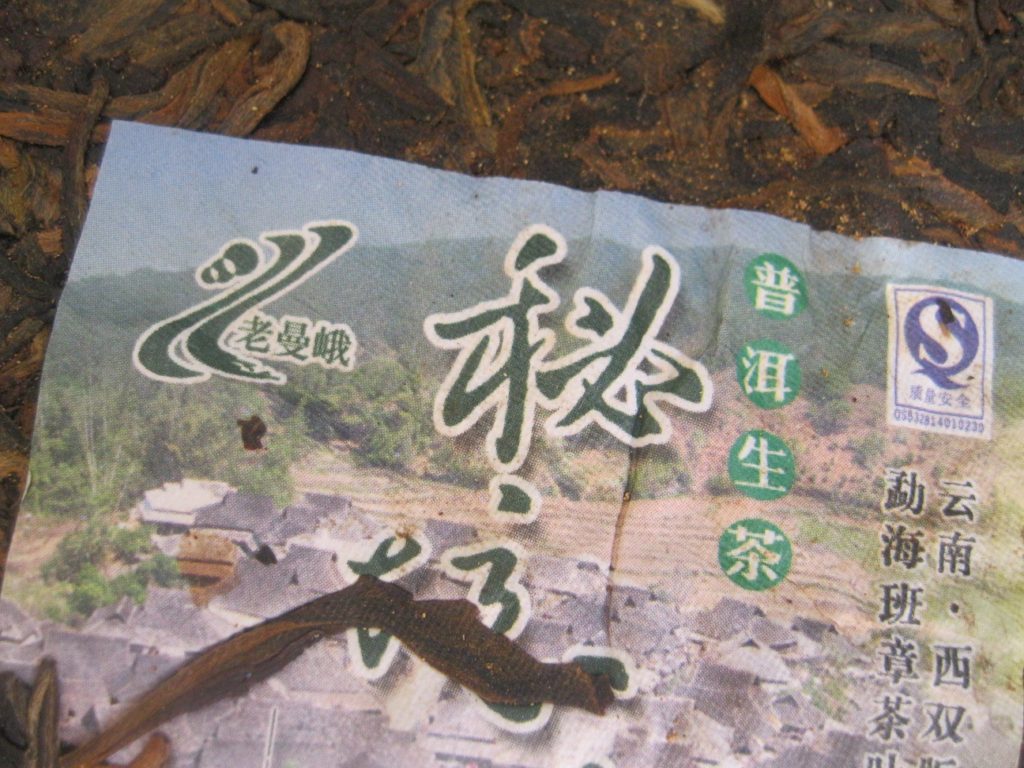Puerh Junky Quelled by Hideout
Puerh Junky Quelled by Hideout poses an interesting tale, whereby a slinger from the American SE sent him some very bad shiiii… Shut cho mouf! I know that fellow Junky’s be wanting it real, and it is such reality. . . realness, if you’ll indulge me, that brought about the circumstances.
Recently, the Puerh Junky has been inveigled into joining Discourse under no pseudonym. It is under such conditions that I encountered the aforementioned individual. It is from said individual that I tasted one of the top five productions ever tasted. Cherry and leather ’03. The ’05 Peacock Country Morning Light enters the leather range for those interested in the Liming Sampler. The more recently sampled ’05 Twin Dragons, Jianmin also lands exceedingly well on the leather front, but lacks any fruit. Enter the Hideout.
This March ’23 makes it close to half a year since Hideout has been visited. Toward the end of winter: cherry, leather, vanilla, cream, witch hazel, butterscotch. The cherry is immediately at the front and vanishes in the presence of the other impressions, leather and vanilla being strongest in the aftertaste.
I used 12.5g in the bell pepper pot, which holds about 150ml. True to ’07 form, Hideout has atomic compression, which lends itself to longer infusions and heavier leafing.

